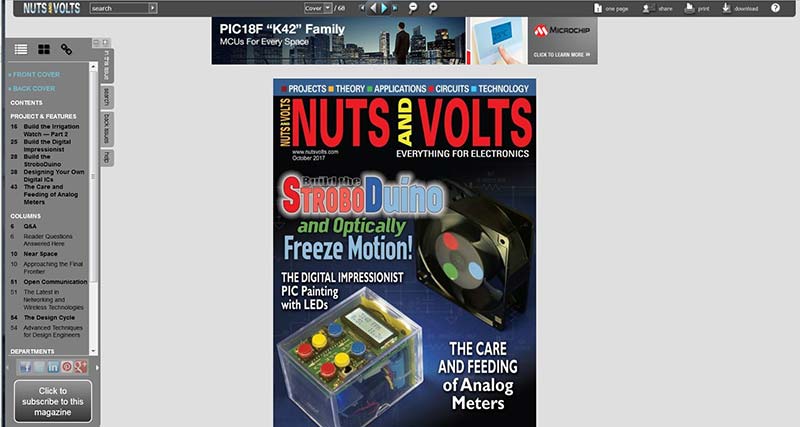I’ll address three factors in this month’s column. The first is the surface winds and their effect on filling and launching a weather balloon. The second factor is how the atmospheric composition and pressure on the surface will affect the initial volume of a weather balloon. The last factor is how atmospheric pressure changes with altitude. This factor is important because it determines the maximum altitude that a weather balloon will reach before bursting.
:::
Read This Article!
If you’re a subscriber and your subscription includes this issue of Nuts & Volts, you can read this article in our digital edition by clicking the blue icon in the upper right corner. Use the email address associated with your subscriber services account to login.

If you're a member of our Preferred Subscriber Network, not only will the magic blue icon let you read this article, but EVERY article in EVERY issue is yours to enjoy! Over a decades worth of content is stored in our digital archive!
If you’re not a subscriber, you can still view a few sample pages of our digital edition or subscribe here for full digital access and/or print delivery. Also, as you browse around our site, you will find selected articles have been posted in their entirety for you to enjoy.
Downloads
Near Space 2006-03 (Standard Atmosphere and Martian Air Pressure spreadsheets)

